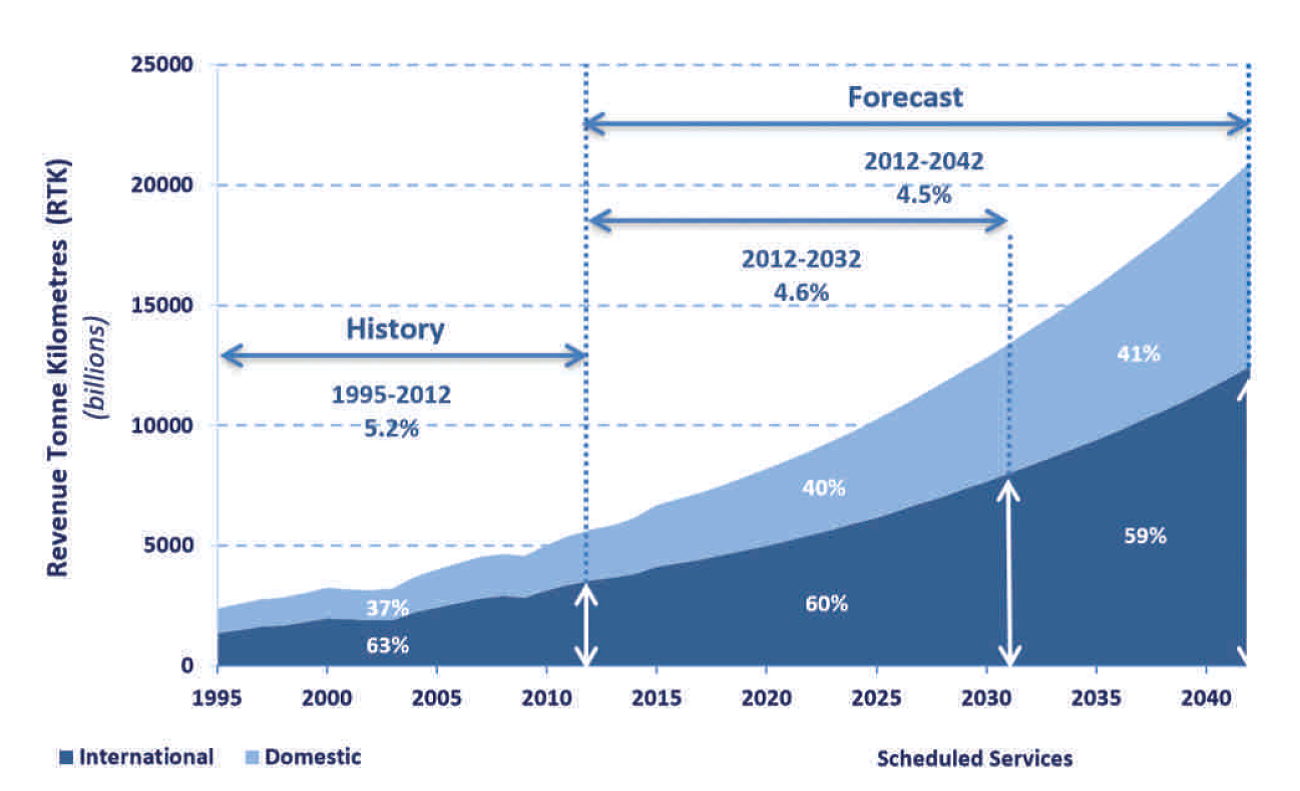7667766266
enquiry@shankarias.in
Mains Syllabus: GS III - Infrastructure: Energy, Ports.
Recently in a meeting with Civil aviation minister, the airlines' representatives requested tax relief on Aviation Turbine Fuel.
